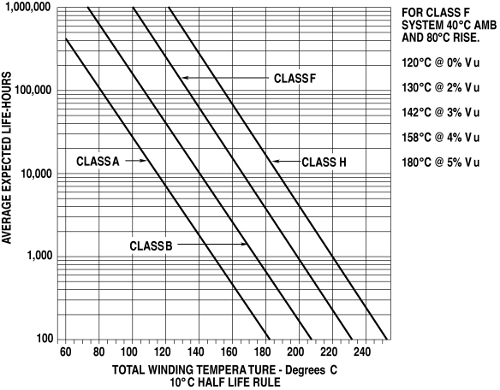I'm reluctant to post this because it's another one of my stupid blunders.
I have a new 2HP 3 phase motor with 9 wire voltage configuration. I hooked it up wrong. Really wrong. It wasn't running anywhere close to right, but I was testing a used VFD and assumed it was the problem. Eventually I thought to feel how hot the motor was and it was pretty hot. So I checked the wiring, found and fixed the mistake.
It seems to run fine, but worried about damage, I waited until the next day, let it run and kept track of it's temp with a temp gun. This is no load on the motor. The motor is clamped to a table. The VFD is set to 60Hz.
Prior to running, it measured 90F.
10 min. 110
30 min. 136
45 min. 145
60 min. 155
I stopped there. I assumed this is bad but I can't find anything that touches on this so I don't know.
I checked my 3HP Lagun mill for comparison. VFD set to 60Hz. It does have the load of the vari-belt and spindle load so it's not an exact comparison.
I only did one reading at 10 minutes. Starting temp was 81F and the 10 minute mark reading was 106F.
I was surprised by this. As far as I know the mill VFD and motor are working fine. I've never had any trouble out of it. At the 10 min. mark it rose 5 degrees more than the motor I thought was toast.
So does anyone have experience with this?
Thanks.
I have a new 2HP 3 phase motor with 9 wire voltage configuration. I hooked it up wrong. Really wrong. It wasn't running anywhere close to right, but I was testing a used VFD and assumed it was the problem. Eventually I thought to feel how hot the motor was and it was pretty hot. So I checked the wiring, found and fixed the mistake.
It seems to run fine, but worried about damage, I waited until the next day, let it run and kept track of it's temp with a temp gun. This is no load on the motor. The motor is clamped to a table. The VFD is set to 60Hz.
Prior to running, it measured 90F.
10 min. 110
30 min. 136
45 min. 145
60 min. 155
I stopped there. I assumed this is bad but I can't find anything that touches on this so I don't know.
I checked my 3HP Lagun mill for comparison. VFD set to 60Hz. It does have the load of the vari-belt and spindle load so it's not an exact comparison.
I only did one reading at 10 minutes. Starting temp was 81F and the 10 minute mark reading was 106F.
I was surprised by this. As far as I know the mill VFD and motor are working fine. I've never had any trouble out of it. At the 10 min. mark it rose 5 degrees more than the motor I thought was toast.
So does anyone have experience with this?
Thanks.




